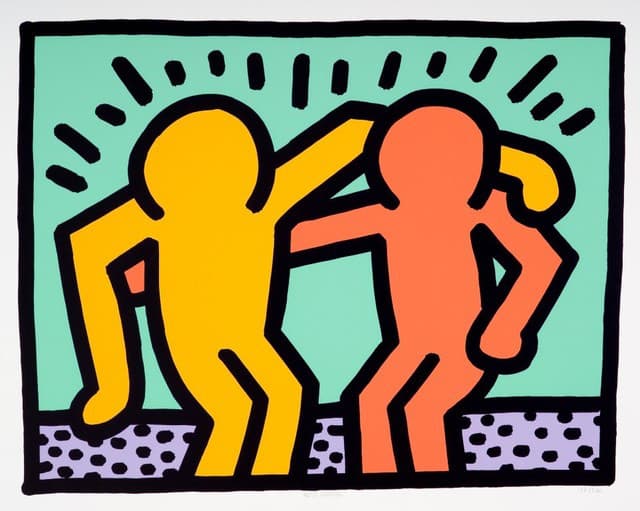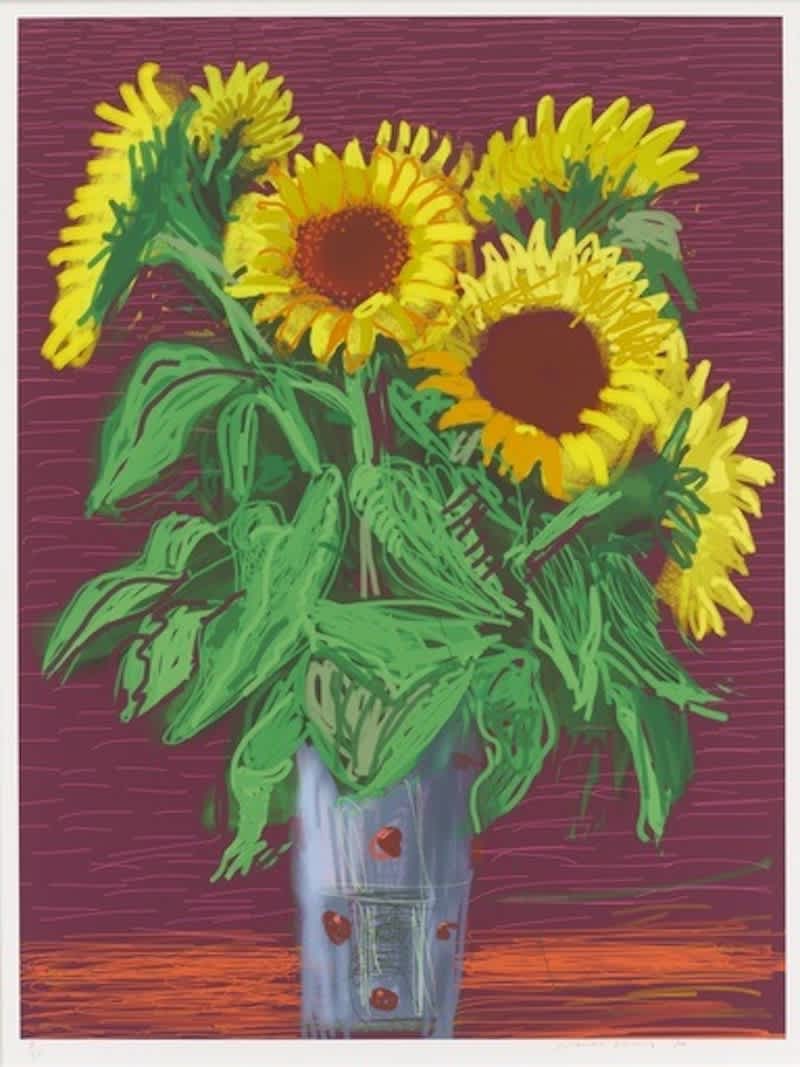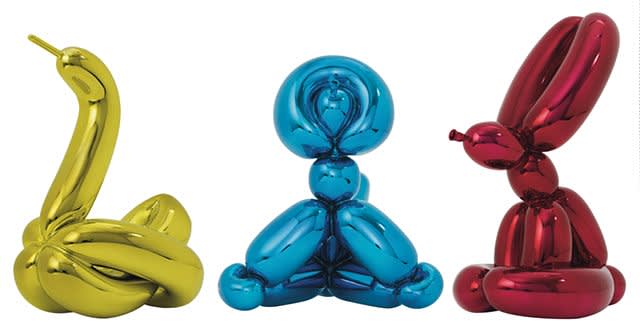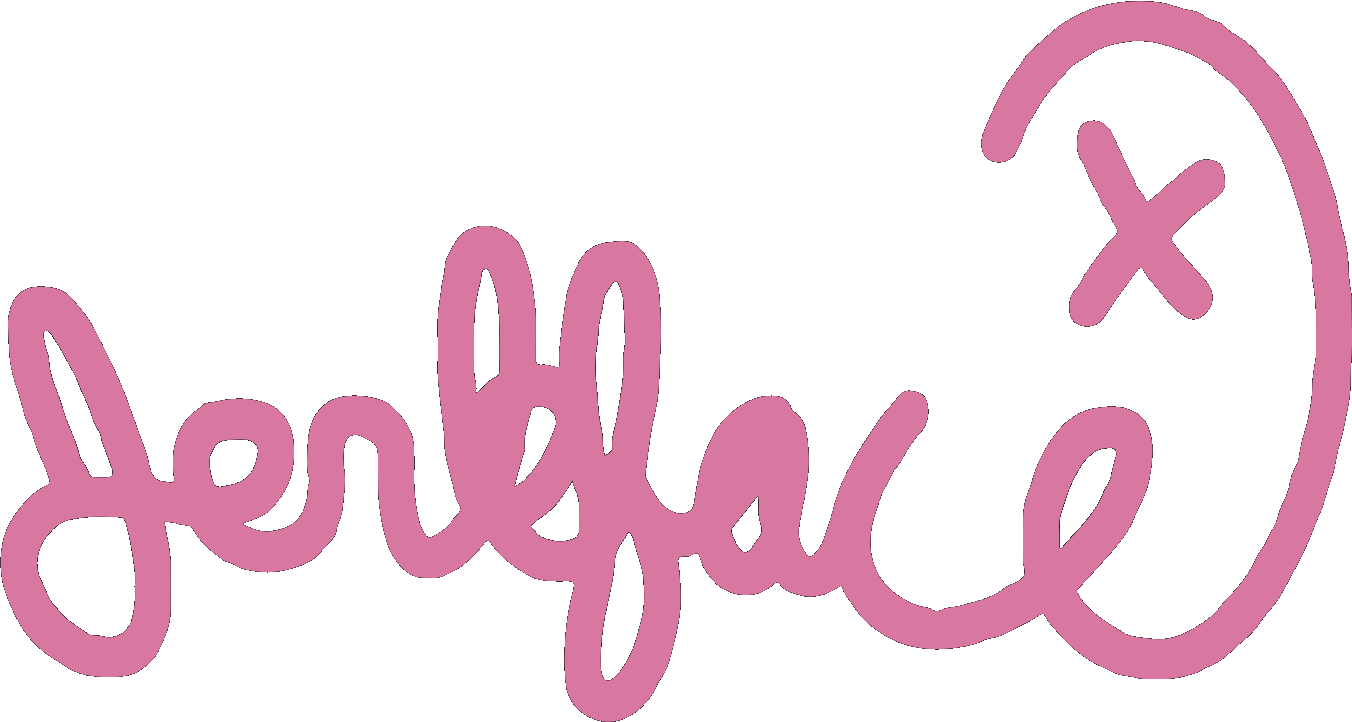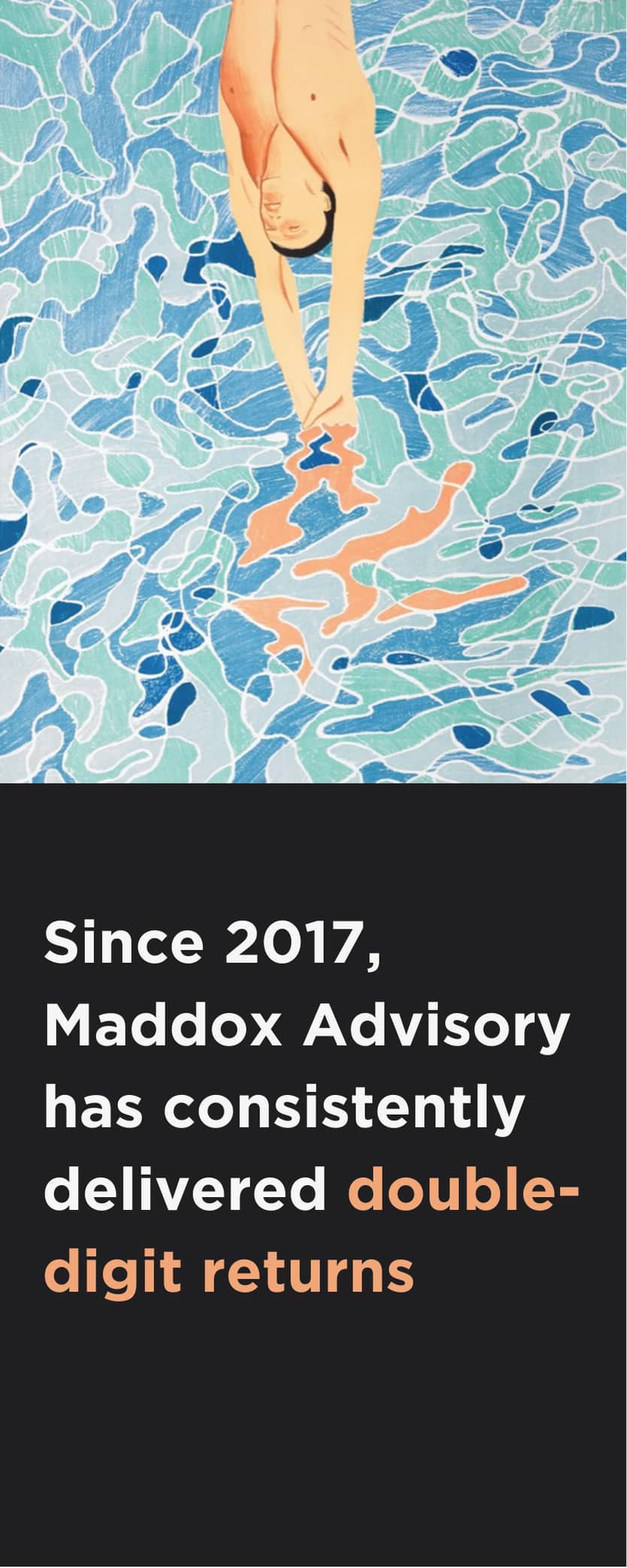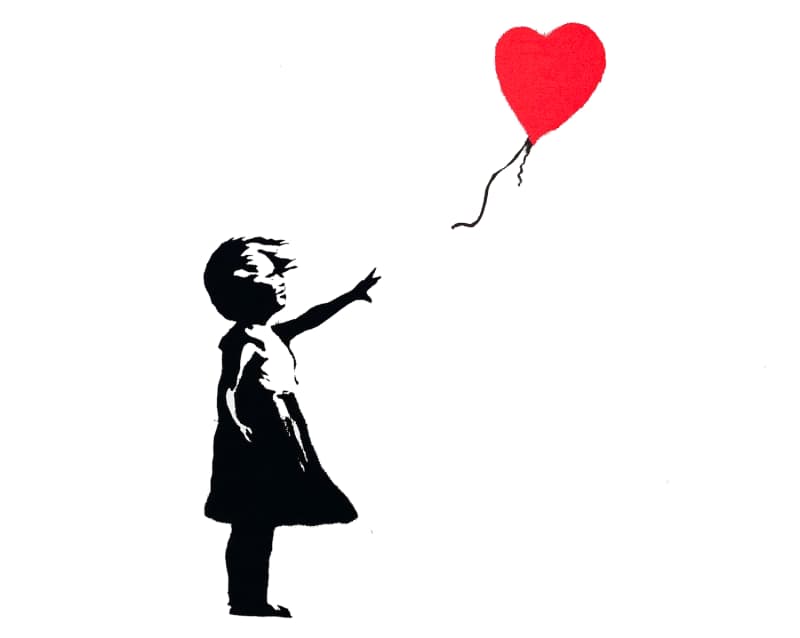The genre that has generated some of the 20th century's most iconic images,
What is Pop Art?
Pop art is an artistic movement that emerged in the wake of the post-war consumer boom and had its heyday in the ’50s and ’60s. Brash, bold and irreverent, its aesthetics drew from popular culture such as advertising, television, films and magazines in order to find a new, non-pretentious artistic language more reflective of modern life.
Until then, art had largely been seen as separate from commerce, but many pop artists sought to both subvert consumerist desire and take part in it by actively contributing to mass culture. This was often reflected through their chosen mediums, with many artists opting for mechanical techniques such as screen printing to create easily reproducible works which challenged the value of “high art”.
British vs American
DAVID HOCKNEY, SUNFLOWERS, 2010
Pop art is commonly assumed to be a quintessentially American movement, however pop simultaneously took the UK by storm. In London, David Hockney featured in Young Contemporaries – an exhibition which announced the arrival of pop art in Britain. Other pioneers across the pond included Richard Hamilton and Eduardo Paolozzi who sought to challenge the elitism of mainstream art by using more inclusive imagery drawn from mass media.
Although united in their aims to dismantle the hierarchies of culture, these concurrent movements are often regarded as having slight differences. British pop art is often seen as more academic, concerned with questioning the meaning behind popular imagery and its manipulative potential, while American pop artists were perhaps less critical and chose to create vibrant, instantly consumable works.
Who are its main artists?
ANDY WARHOL, CAMPBELL'S SOUP: VEGETARIAN VEGETABLE, 1969
Andy Warhol is undoubtedly pop art’s most recognisable name. Often regarded as the epochal artist of the ’60s, he forged a new kind of American iconography with his screenprints which elevated celebrities, soap boxes and soup cans alike to the status of fine art. Another key proponent of pop was Roy Lichtenstein, who developed a style that was based on the visual language of the comic strip, co-opting the form’s bold outlines and Ben-Day dots into his paintings.
The works of Jasper Johns and Ed Ruscha are representative of pop art’s embrace of the everyday — the former inspired by common signs and logos, the latter by the ephemeral visual fodder of Southern California. With their collages, James Rosenquist and British artists Richard Hamilton and Paolozzi highlighted the importance of found images in pop art and their ability to create fragmentary, often juxtaposing compositions which raised political or artistic debates.
KEITH HARING, BEST BUDDIES, 1990
Other artists influenced by the genre include Keith Haring, whose bold lines and vibrant swathes of flat colour share the same statement-making quality as Warhol’s most celebrated works.
Eye-popping prices
Despite its embrace of the transient and quotidian, today pop art fetches big prices on the market. Andy Warhol remains one of the most sought-after artists on the market, with his most expensive work Silver Car Crash (Double Disaster) (1963), bought at Sotheby’s New York for an impressive $105 million in 2013.
ROY LICHTENSTEIN, SWEET DREAMS BABY!, 1966
Lichtenstein, whose auction prices exploded after Tate Modern’s 2012 retrospective, follows close by with an auction record of $95,365,000 for the sale of Nurse (1964) at Christie’s in 2015. His works continue to be popular even during a turbulent period for the market. In June 2020, his Nude with Joyous Painting (1994) reached a hammer price of $40.5 million, the highest-selling lot in Christie’s global sale of 20th-century art.
Living artists associated with the pop movement also continue to fetch record-breaking prices. In 2010, Jasper Johns’s Flag (1958) became what was then the most expensive work sold by a living artist when it was sold privately for a reported $110 million.
Pop art’s staying power lies largely in the enduring appeal of its instant recognisability. Its works have proven to be solid investments, and it seems likely the genre will remain in fashion for a long while yet.
JEFF KOONS, BALLON RABBIT, MONKEY AND SWAN, 2017
Pop art today
One of the reasons pop art continues to be relevant is because its ideals and aesthetics still influence many of today’s leading contemporary artists. Jeff Koons and Takashi Murakami, two artists associated with the neo-pop movement which emerged in the ’80s and ’90s, continue the genre’s tradition of espousing high and low culture: Koons through his elevation of the banal in his sculptures, and Murakami through his recycling of Japanese pop culture.
There are also a number of prominent artists who have strong visual ties with Warhol’s graphic works: Russell Young’s large-scale silkscreen paintings depict cultural icons in Warholian tradition, for example. What’s clear is that pop art’s loud, bold aesthetic remains evergreen and that the concept of drawing from mass media is no less relevant as popular images continue to saturate our world.
